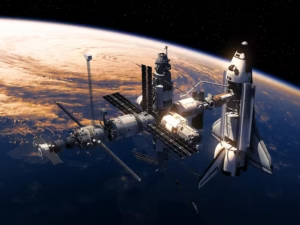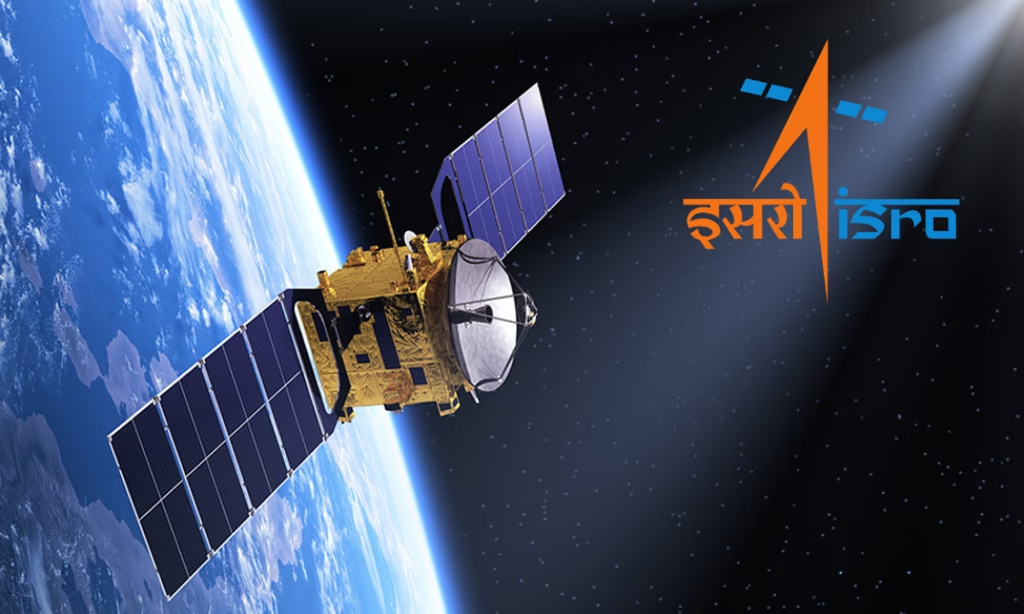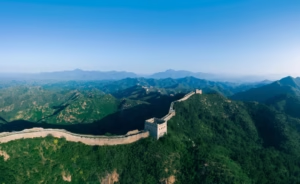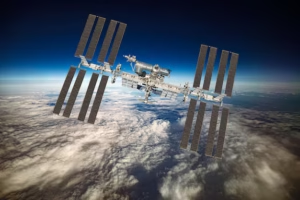International Space Station: Humanity’s Home in Orbit
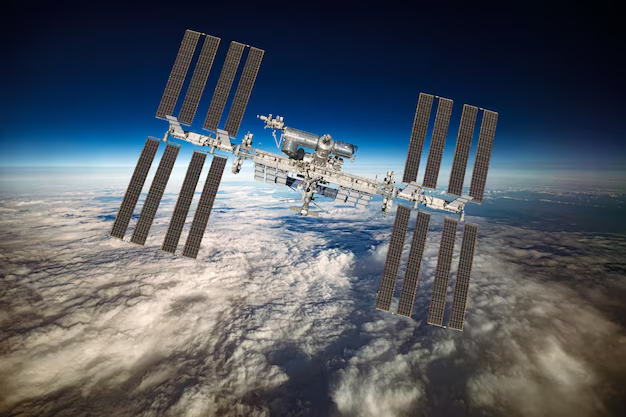
History of the International Space Station
The idea of a space station dates back many decades, but the ISS as we know it began taking shape in the late 20th century. In the 1980s and 1990s, space agencies from multiple countries realized that building a large space laboratory would be too costly and complex for any single nation. So, they joined forces.
The ISS program officially started in 1998 when the first module, Zarya, was launched into orbit. This module provided propulsion and power. Shortly after, the Unity module from the United States was added. Over the next two decades, more modules and components were launched and assembled piece by piece in space.
Before the ISS, several countries had developed their own space stations, such as the Soviet Union’s Mir and the US’s Skylab. These stations helped scientists learn how to live and work in space for long periods. The ISS took these lessons and combined efforts from different countries, making it the largest and most complex space station ever built.
https://sypertimes.com/amazon-rainforest-biodiversity-climate-cultural-heritage/
Construction of the ISS
Building the ISS was a massive engineering challenge. It is about the size of a football field, making it the largest human-made structure in space. The station weighs nearly 420,000 kilograms (about 925,000 pounds) and consists of more than 15 pressurized modules where astronauts live and work.
The ISS was constructed in orbit through many space shuttle missions and Russian rockets. Astronauts and cosmonauts performed hundreds of spacewalks to connect the modules and install solar panels, antennas, and scientific instruments.
The station’s solar arrays are huge—each one is about the size of a basketball court—and provide power by converting sunlight into electricity. The ISS orbits Earth every 90 minutes, traveling at a speed of roughly 28,000 kilometers per hour (17,500 miles per hour).

Countries Involved
The ISS is a truly international project, involving five main space agencies:
- NASA (United States)
- Roscosmos (Russia)
- ESA (European Space Agency)
- JAXA (Japan Aerospace Exploration Agency)
- CSA (Canadian Space Agency)
Over 15 countries contribute to the ISS through ESA and other partnerships. These countries share the cost, technology, and expertise needed to keep the station running.
Russia provides key modules and launch vehicles, while NASA manages much of the station’s operations and science research. Europe contributes research labs like the Columbus module. Japan’s Kibo lab offers unique experiments, and Canada provides the famous robotic arm called Canadarm2, which helps move equipment and assist astronauts during spacewalks.
Life Aboard the ISS
Living in space is very different from life on Earth. Astronauts aboard the ISS experience microgravity, meaning they float freely inside the station. This environment allows scientists to study how the human body, plants, and materials behave without the effects of Earth’s gravity.
The ISS crew usually consists of six astronauts from different countries, who stay on board for about six months at a time. They follow a strict daily routine of experiments, maintenance, exercise, and communication with mission control on Earth.
Because muscles and bones weaken in space, astronauts exercise for about two hours every day using special treadmills, stationary bikes, and resistance machines. They also eat carefully planned meals and sleep in small cabins with sleeping bags attached to the wall.

Scientific Research and Benefits
The ISS is a unique laboratory for many types of research that cannot be done anywhere else. Scientists study everything from medicine and biology to physics and Earth sciences.
Some important experiments include:
- Medical research: Studying how microgravity affects the human body helps scientists develop better treatments for diseases and understand aging.
- Materials science: Researchers test new materials and fluids that behave differently in space, which can lead to innovations in technology.
- Earth observation: Cameras and instruments on the ISS monitor natural disasters, climate changes, and environmental shifts on Earth.
- Space technology: The ISS serves as a testbed for new technologies that will be used in future missions to the Moon, Mars, and beyond.
The Future of the ISS
The ISS was originally planned to operate until around 2020, but international agreements have extended its lifetime to at least 2030. After that, there are discussions about what comes next: whether to build new space stations, use private companies to run space habitats, or focus on missions to the Moon and Mars.
Private companies like SpaceX and Boeing are now involved in ferrying astronauts and cargo to the ISS, opening new possibilities for commercial activities in space.
